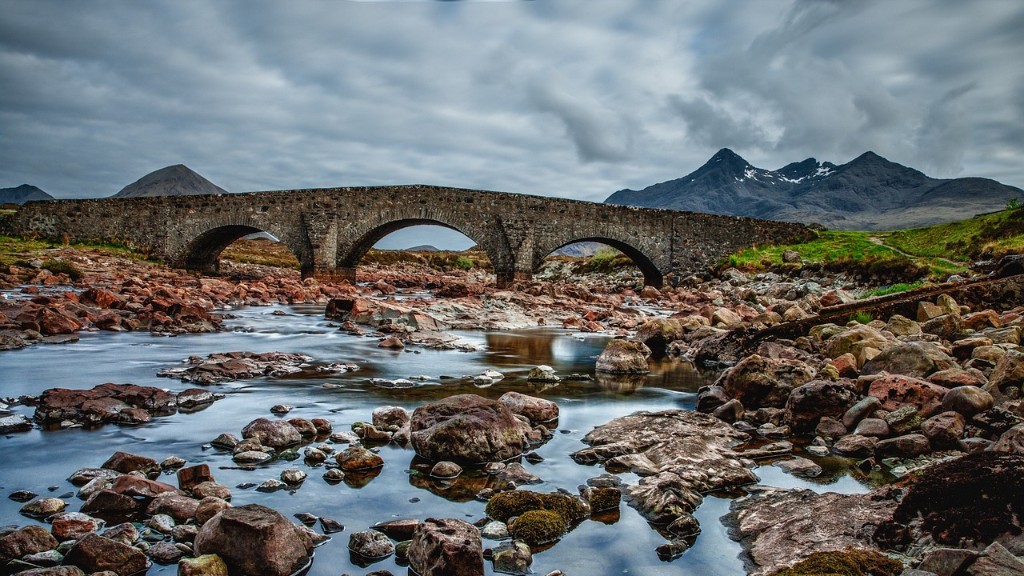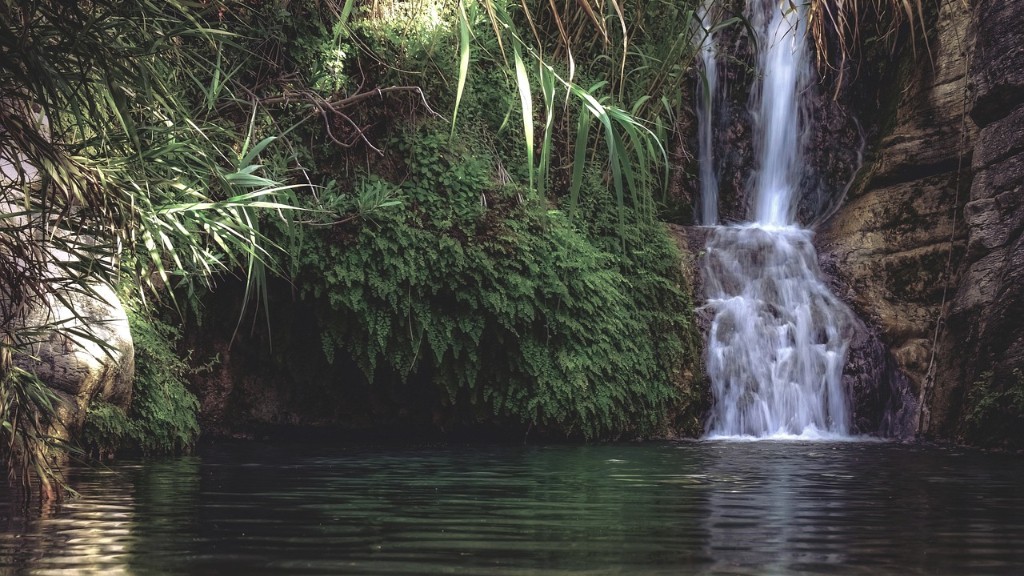The Nile River is one of the most iconic and well-known rivers in the world. It is the longest river in the world and has played a crucial role in the development of numerous civilizations. The river spans over 6,853 km from its source in East Africa to its mouth in the Mediterranean Sea, making it a crucial source of water for the countries it passes through.
The origins of the Nile River have been a source of much speculation throughout history. Some ancient texts describe five rivers that feed the Nile, feeding into the White and Blue Nile tributaries, while geological evidence suggests that the river has existed since the end of the last Ice Age. The White Nile is considered to be the main source of the Nile, winding through the mountains of Burundi, Rwanda, and Uganda, while the Blue Nile begins in Ethiopia.
The Nile River has a long and rich history of human habitation along its banks. One of the earliest civilizations to develop near the Nile was ancient Egypt, which is why the river is often referred to as “the cradle of civilization.” Ancient Egypt was built on the Nile’s fertile banks and its waters were essential for sustaining life in the region. The Nile not only provided water for drinking, but also for farming and manufacturing.
Today, the Nile River is used for agricultural purposes and as a power source. In many countries, hydroelectric dams have been built to harness the power of the river’s strong currents. The water is also used to irrigate crops in Egypt, where it is responsible for producing around 95 percent of the country’s food supply.
The Nile is also home to a variety of wildlife, including some of the world’s most endangered species. The river contains the second highest population of Nile crocodiles in Africa, with an estimated 5,000 to 10,000 of the animals living in the river. Other species that can be found living in the Nile include hippopotamuses, Nile monitor lizards, African masked weavers, and various species of birds.
The Nile is an important source of life for the countries it passes through, however it is also a source of tension between them. Some countries, such as Egypt and Sudan, require a greater share of Nile waters than are allowed under current international treaties. Despite this tension, a number of projects have been developed to help the countries along the river manage resources and share water more equally.
Environmental Effects
The growth of industry and urbanization along the Nile in recent decades has had a detrimental effect on the river’s health. The river contains a number of pollutants, including agricultural chemicals, and industrial waste. These pollutants have caused a decrease in fish and plant populations, resulting in a decrease in biodiversity and a disruption of the local ecosystem.
In addition to the pollution, construction of hydroelectric dams and other infrastructure projects have had a major impact on the river. Some of these projects have been beneficial, such as increased access to electricity, but some have had negative consequences, such as a reduction in the flow of the river and displacement of local people.
The governments of the countries that share the Nile have taken steps to try to protect the river from further environmental damage, such as passing laws on water quality and improving waste management, but more needs to be done. There is also the need to ensure that everyone has a fair share of Nile water and that those who don’t have access to it, receive it.
Future Prospects
Though the Nile has been an important resource for thousands of years, the river’s future is uncertain. The population of East Africa is growing rapidly and this will cause an increase in demand for water from the Nile. If these demands cannot be met, the region could face severe water shortages.
In order to ensure the river’s long-term sustainability, it is important that steps are taken to conserve the river and improve resource management. There also needs to be greater regional cooperation in order to ensure equitable access to the river’s water. Ultimately, the future of the Nile is in the hands of those who share it.
Socio Economic Impact
The Nile River has had a huge impact on the socio-economic development of the countries it flows through. The river has been crucial for providing a reliable water supply and has enabled farmers to cultivate crops and support their families. In addition, the river has enabled trade and transportation, and has helped to create economic opportunities for communities along its banks.
The river has also had a major impact on the cultural development of the region. Ancient Egyptians and others who lived along the Nile developed complex religious beliefs and traditions that were intimately connected to the river. Even today, the Nile continues to play an important role in the lives of those who live there.
The river has also become a source of tourism, with people from all over the world visiting its banks to experience the unique landscapes and take part in some of the many activities offered by the local people such as canoe tours and fishing expeditions. This has created much needed jobs and a source of income for many.
The Nile River has played an incredibly important role in the development of human civilization and its impact can still be felt today.
Environmental Education
In order to ensure the long-term viability of the Nile, it is important to educate people living in the region about the importance of protecting and conserving the river. Environmental education should focus not only on the need to reduce pollution and improve resource management, but also on the social and economic benefits of having a healthy river.
Schools and universities in the region should regularly offer environmental education programmes to teach people about the ways human activities can harm the environment, and how to protect it for future generations. Community-based organizations should also work to inform people about the importance of the river and the need to protect it.
Environmental education is an important tool for encouraging positive behavior and creating an environment in which people can live harmoniously with the natural environment.
Conservation Efforts
Various organizations have been working to protect the Nile for many years, but there is still more to be done. Conservation efforts need to be ongoing and sustained if the river is to be protected for the long term.
The governments of the countries that share the river need to work together to develop policies that protect the river and ensure equitable access to its resources. There is also a need for increased funding for conservation efforts, and for international organizations to assist in this regard. Organizations such as UNESCO have already taken steps to protect the Nile, but more needs to be done.
The people living along the Nile must also take responsibility for its stewardship. This means engaging in sustainable fishing practices, avoiding polluting activities, and conserving water resources. Sustainable agriculture is also important, as it reduces the amount of water that needs to be extracted from the river.
Ultimately, the conservation of the Nile is a shared responsibility, and everyone must do their part to ensure its long-term sustainability.





